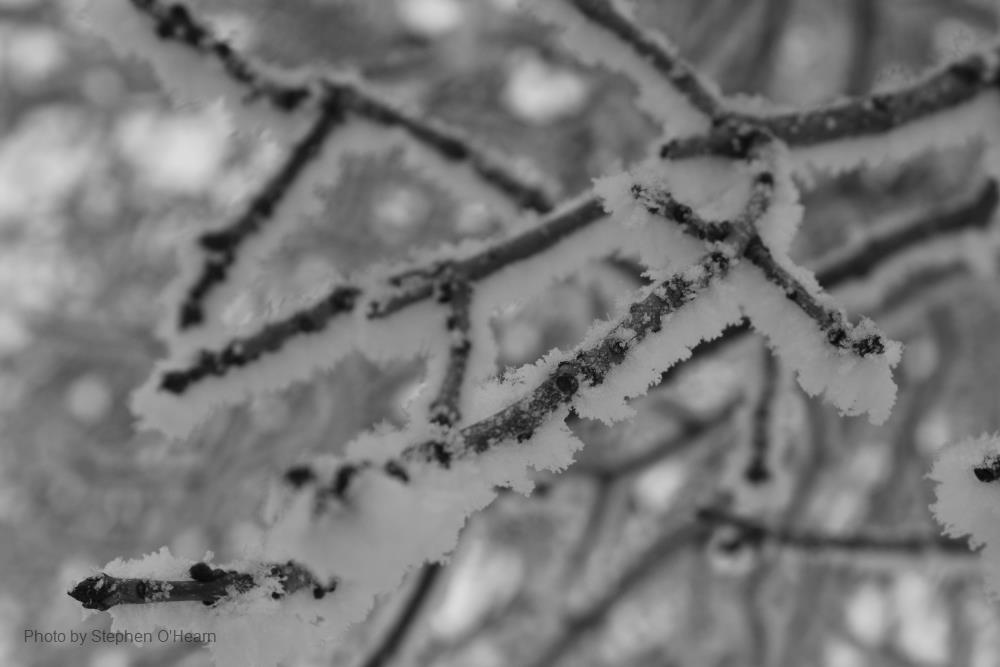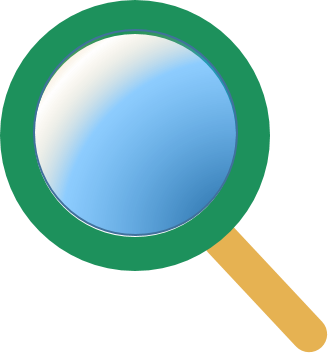
Related items loading ...
Section 1: Publication
Publication Type
Journal Article
Authorship
Zeighami, Aida; Kurylyk, Barret L.
Title
Modelled Water Temperature Patterns and Energy Balance of a Threatened Coastal Lagoon Ecosystem
Year
2025
Publication Outlet
John Wiley & Sons, Ltd, Hydrological Processes, Hydrological Processes, Vol. 39, Iss. 2, e70068
DOI
ISBN
ISSN
0885-6087
Citation
Zeighami, Aida; Kurylyk, Barret L. (2025) Modelled Water Temperature Patterns and Energy Balance of a Threatened Coastal Lagoon Ecosystem, John Wiley & Sons, Ltd, Hydrological Processes, Hydrological Processes, Vol. 39, Iss. 2, e70068,
https://doi.org/10.1002/hyp.70068
Abstract
Coastal water temperatures control physical, chemical, and biological processes and are expected to rise due to future changes in freshwater temperature and flow rates, heat exchange with the warming atmosphere, and thermal interactions with a changing ocean. However, the thermal sensitivity of transitional, coastal water bodies to climate change remains poorly understood, due partly to a lack of knowledge on present-day thermal controls in these settings. Accordingly, we applied a coastal hydrodynamic model (MIKE 3 FM), with a coupled thermal module to simulate hydrodynamics and water temperature variability in the Basin Head lagoon, a federally protected coastal ecosystem in the Canadian province of Prince Edward Island. Field data from the lagoon were used to calibrate and assess the numerical model, while atmospheric, oceanic, and hydrologic data were used to form the thermal and hydrodynamic boundary conditions. The model successfully reproduced tidal water level oscillations as well as diurnal and semi-diurnal (tidal) temperature fluctuations. Model results show longitudinal, cross-shore, and vertical thermal variability within the lagoon, including pronounced thermal variability near the bed and near the inlet due to tidal pumping. Model results and field data highlight the thermal sensitivity of the lagoon during heat waves; however, distinct cold-water plumes at freshwater inputs (springs and groundwater-dominated streams) persisted, with temporally averaged temperatures in these zones up to 18?°C colder than the ambient lagoon. Although, these freshwater inflows can dominate local energy budgets, the surface heat fluxes, especially shortwave radiation, exert the dominant control on the lagoon-wide energy budget. Collectively, the model findings emphasise the interacting effects of atmospheric, hydrologic, and oceanic forcing on the spatiotemporal patterns of water temperatures in this threatened coastal ecosystem.
Plain Language Summary
Section 2: Additional Information
Program Affiliations
Project Affiliations
Submitters
Publication Stage
Published
Theme
Presentation Format
Additional Information
Keywords: coastal water temperatures; energy budget; lagoon thermal regime; numerical modelling; thermal variability


 GWFNet
GWFNet Master
Master Data
Data Research
Research Map
Map
 Advanced
Advanced Tools
Tools
 . . .
. . .
 Metadata Editor
Metadata Editor
 Record List
Record List
 Alias List Editor
Alias List Editor
 Legacy sites
Legacy sites